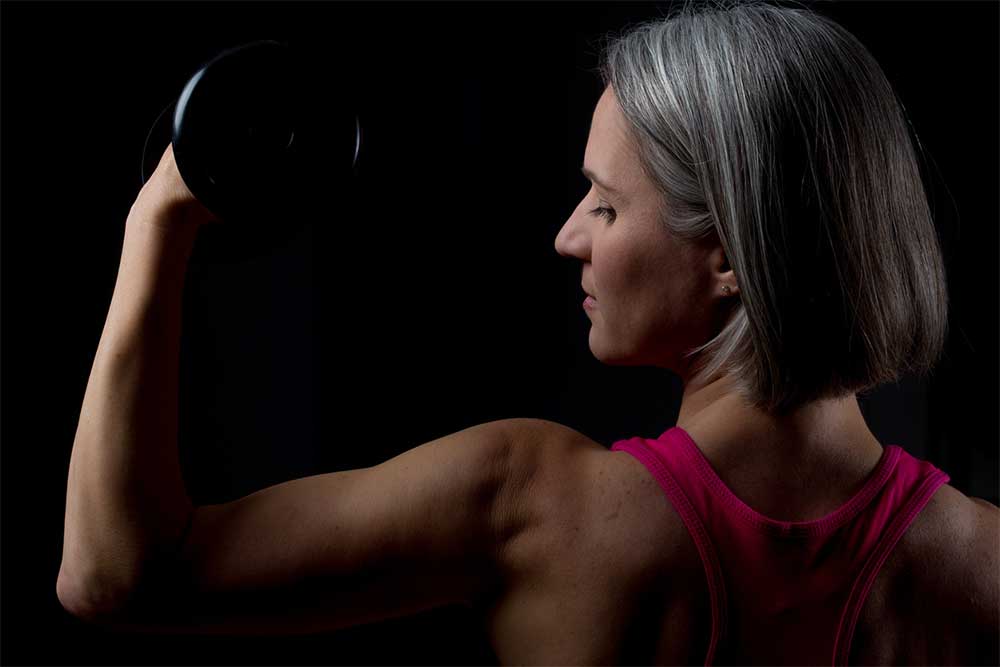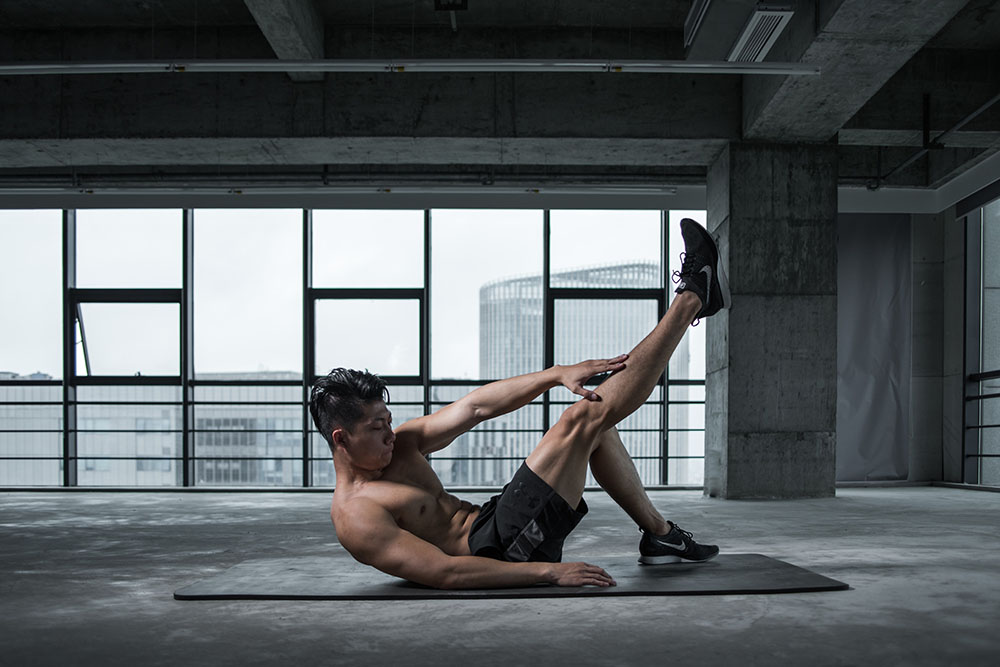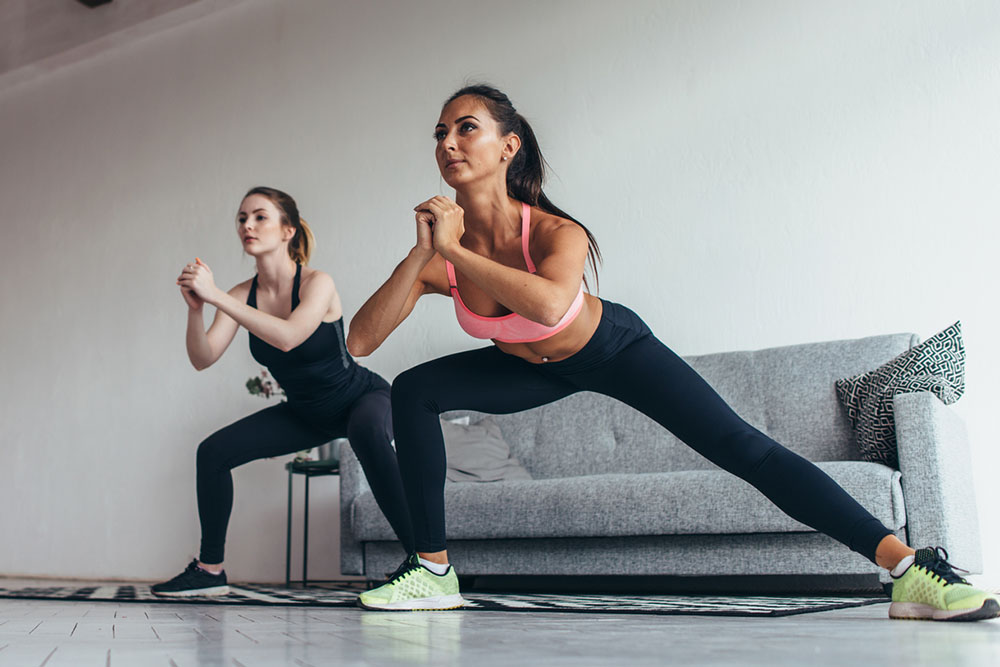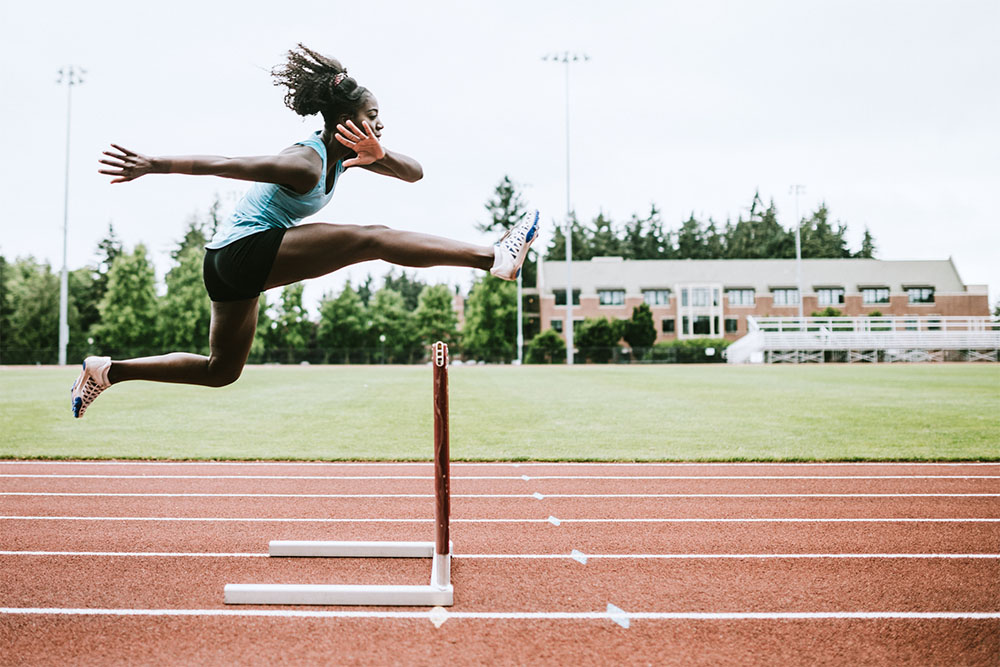Strength Training in Older Women Wards Off Aging

Evan Stevens
At Forever Fit Science we have long discussed the importance of adding strength training to your exercise routine. Resistance training has consistently proven to be integral to all facets of health, from brain function and support in diseases like Parkinson’s to arthritis and bone and joint health. A new study released in late April out of the University of Buffalo in the Journal of Occupational Therapy in Geriatrics has added to the growing body of evidence that resistance training is optimal and in many cases integral to healthy aging.
The Study
The cross-sectional study looked at 46 women across two different age groups, 60-74 and 75-90. The purpose of the study was to determine the effect of resistance training on two older, but distinct populations. The researchers determined subject’s average mobility through measuring their stride lengths and found there was a significant difference between the two groups as well as within the age groups between individuals who partook in regular physical activity and those who did not. However, the researchers also found that if individuals who previously were inactive suddenly underwent a period of high activity, their mobility improved.
Related Article: Increase Strength, Increase Lifespan
Mobility Gains

The researchers also discovered that the mobility gains could be maintained longer from one age bracket into another if that person had been doing resistance training through their lives. The researchers found that individuals in the older age-group (75-90) who did regular activity which included resistance training as part of their exercise lifestyles had improved indicators of mobility, walking speed, and muscular strength and endurance as measures of frailty when compared to individuals 10- years younger in the young age bracket who did not partake in regular activity.
In general, individuals 75 and over suffer a loss in muscle strength and endurance as sarcopenia sets in (age-related muscle wasting). Characteristics such as slowed walking, hunched backs, poor grip strength, and generally decreased function are classic, hallmark signs of aging and decreased strength.
The Results
However, much of these can be partially reversed or outright prevented with resistance training. The researchers stressed that starting resistance training when young and continuing it through the aging process creates a “reserve” of muscle synthesis and strength that can be tapped into to mitigate the effects of aging. Individuals in the 75-90 age bracket who participated in resistance training more than twice a week through their lives outperformed “healthy” individuals in the 60-74 bracket who walked more than 10,000 steps a day, gardened regularly and lived self-described “active” lifestyles in all tests of mobility and strength in the study.
Takeaway
Making resistance training part of your daily routine imbued lifelong benefits. Even if you haven’t been keeping up with hitting the gym it is never too late to start or to pick it up again; starting later in life still has benefits to aging outcomes. Resistance training has to be more than a reactive behavior to injury or falls and should be started as soon as possible (even to help prevent age-related injuries and falls). While longer qualitative data following patients’ muscle wasting and relative strength maintenance is needed in the scale of decades, the benefits of resistance training even in the short term and using self-reported methods cannot be ignored. Start hitting the gym if you can, pump some iron, stress your muscles! It will help in the long run.
Related Article: Don’t Resist Resistance Training
Citations
M. R. Tomita, N. M. Fisher, S. Nair, D. Ramsey, K. Persons. Impact of Physical Activities on Frailty in Community-Dwelling Older Women. Physical & Occupational Therapy In Geriatrics, 2018; 36 (1)
You Might Like:












